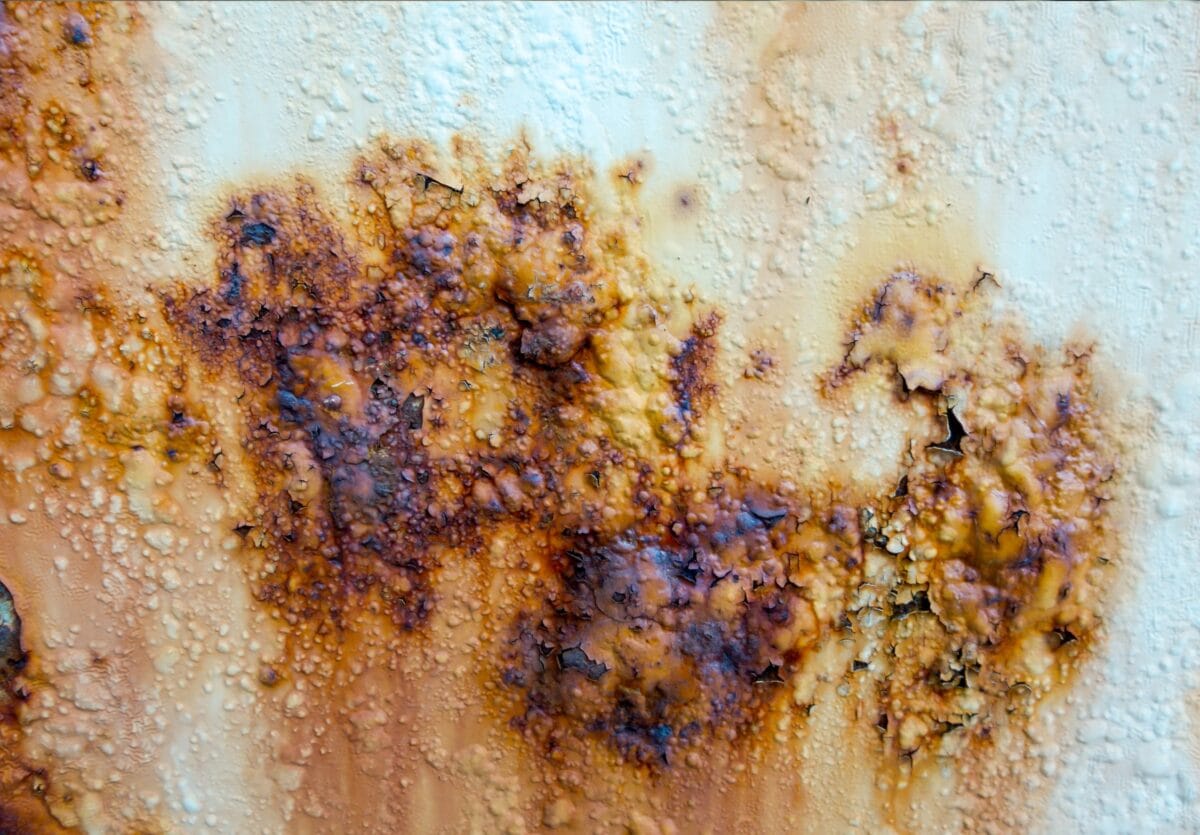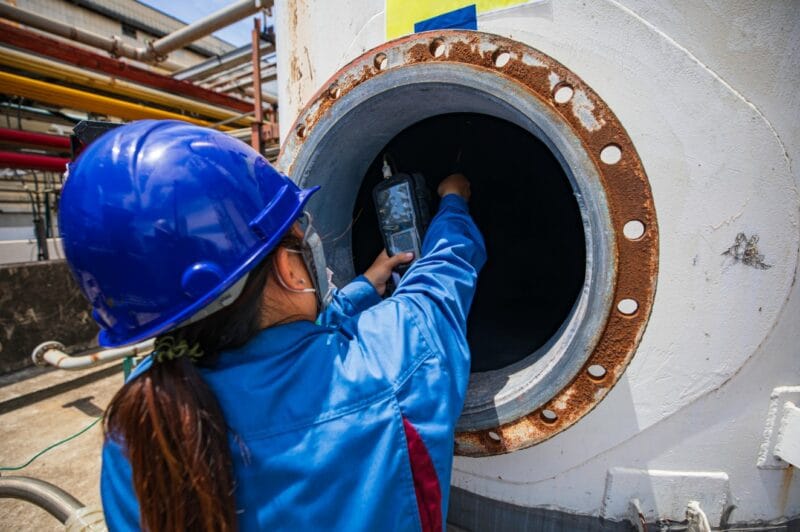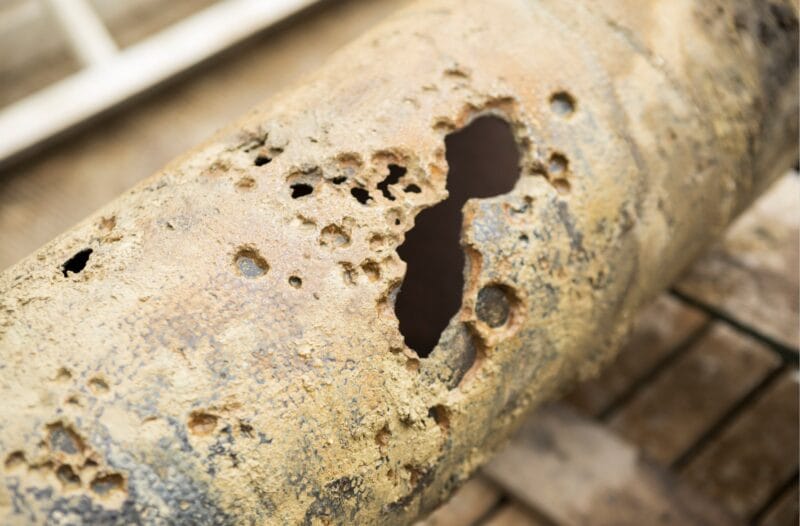How to Use the Calculator
Wall Thickness 1 (mm)
First measured wall thickness (older date).
Measurement Date 1
Date of the first measurement.
Wall Thickness 2 (mm)
Second measured wall thickness (newer date).
Measurement Date 2
Date of the second measurement.
Results You’ll Get
Corrosion Rate: Calculated annual rate of material loss.
Corrosion Rate Calculator

What is
Corrosion Rate?
Corrosion rate measures the speed at which metal loses thickness due to chemical or electrochemical reactions with its environment. It is typically expressed in units such as millimeters or mils per year, providing a quantifiable indicator of material degradation over time. Factors influencing corrosion rate include the metal type, environmental conditions like moisture, oxygen, and chemical exposure, as well as surface characteristics.
Accurately determining corrosion rate is critical for predicting the remaining service life of equipment and infrastructure
Why Use this Calculator?
Quickly quantify how fast material thickness is decreasing, enabling precise tracking of corrosion over time.
By calculating corrosion rate, you can estimate how long pressure equipment or structures will remain safe and operational, supporting better asset management.
Save costs by avoiding unnecessary repairs and replacements through timely, data-driven inspection planning.
How does this Calculator Work?
The Corrosion Rate calculation is based on a simple and effective formula to determine the average rate at which metal thickness is lost over time. By comparing two wall thickness measurements in millimeters taken at different dates, it calculates how quickly corrosion is progressing. The result is expressed in millimeters per year (mm/year).
Corrosion Rate = (Wall Thickness 1 − Wall Thickness 2) ÷ (Measurement Date 2 − Measurement Date 1)
在哪里?
- Wall Thickness 1 is the thickness measured at the first inspection.
- Wall Thickness 2 is the thickness measured at the subsequent inspection.
- Measurement Date 1 and 2 represent the time interval over which corrosion occurred.
Q: How accurate is the corrosion rate calculation with only two thickness measurements?
A: It uses industry-standard formulas and your input data; accuracy depends on the quality of your inspection data. Calculating corrosion rate using only two thickness measurements provides an average corrosion rate over the time interval between those measurements.
This method is straightforward and useful for general monitoring; it assumes uniform corrosion and a steady corrosion rate during that period. Accuracy can be limited if corrosion is highly variable or localized, or if measurement errors occur.
For more precise assessments, additional measurements over time or complementary techniques (like electrochemical methods) may be needed to capture fluctuations in corrosion behavior.
Q: Does the calculator account for localized corrosion or just uniform corrosion?
A: This calculator estimates corrosion rate based on the overall wall thickness loss between two points in time, which effectively reflects uniform corrosion. It does not specifically account for localized corrosion such as pitting or crevice corrosion, where metal loss can be uneven and concentrated in small areas.
Localized corrosion requires specialized inspection methods and analysis because it can cause failure even if average thickness loss appears low.
Q: How can I use the Corrosion Rate to plan Inspections?
A: You can use the corrosion rate calculated by the calculator to help plan inspection intervals by estimating how quickly metal thickness is being lost and predicting when the equipment will approach its minimum safe thickness.
Knowing the corrosion rate allows you to schedule inspections before critical thinning occurs, reducing the risk of unexpected failures and optimizing maintenance costs.
Typically, inspection intervals are set as a fraction (often half) of the remaining life calculated from current thickness, required minimum thickness, and corrosion rate.




